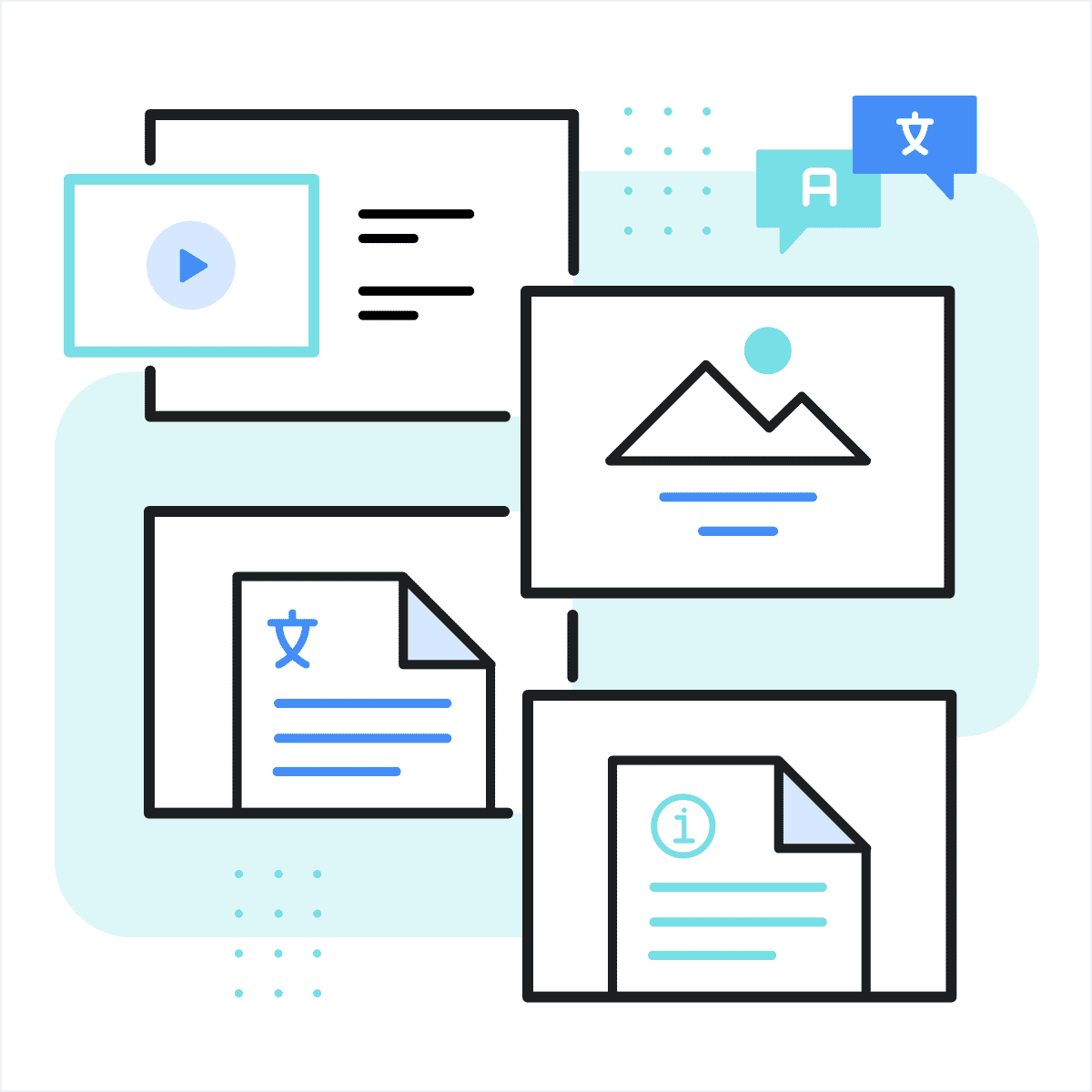This guest blog post was written by Andrea Maliska, an award-winning learning and development leader with over fifteen years of experience across multiple industries. Andrea currently owns her own eLearning consulting company, Rebel Learn.
SCORM is one of those eLearning industry buzzwords that everyone hears over and over but most cannot begin to define. I often get questions like “Oh is that SCORM Compliant?” “I need to create this program using SCORM” or “Do you develop your curriculum using SCORM?” But I find that most people cannot explain what SCORM actually is, what it’s beneficial for and things to keep in mind when developing curriculum using eLearning authoring tools that output into this standard.
What is SCORM
The term SCORM stands for Shareable Content Object Reference Model. This is a collection of standards for eLearning courses and LMS’ that support it. Basically, the content authoring tool will be able to output your training content into a zip file filled with files that are written in a specific language that an LMS that is SCORM compliant can understand. Because SCORM is a set of standards that these tools output the content into, it allows the content to be utilized by any platform that is SCORM compliant. SCORM is a set of specifications that provides a consistent and common approach to how your eLearning content is developed, interpreted and engaged with by your learners.
How does it work?
To start, it is important to note that you need to have 2 different “tools” to create and then ingest the SCORM content. You will first need a rapid authoring tool that outputs content into SCORM.
Examples of a tool that creates SCORM compliant packages are MadCap Flare, Articulate and Captivate. This package will be a collection of files all zipped up into a zip file. This zip file is the SCORM package that can now be used and uploaded into any platform that can read SCORM or is SCORM compliant. Once it is uploaded into the platform and made part of a program or module, learners will be able to interact with the course content, engage with simulations and activities and take quizzes and assessments. Much of the data in this package, per SCORM standards, is now trackable in the LMS and can be pulled onto reports and dashboards.
SCORM Versions
You will see 3 different versions of SCORM referenced today:
- SCORM 1.1
- SCORM 1.2
- SCORM 2004 (formerly known as 1.3)
SCORM 2004 is the latest version of the standard. It has better reporting variabilities and sequencing.
SCORM 1.2 is the most commonly supported format by LMS providers because it is easier and simpler to work with.
Refer to this article for in depth information on each version and what they cover.
Benefits of SCORM
Compatibility/ Interoperability:
Because the SCORM package delivers a singular experience regardless of platform, the ability to create 1 program or course in a SCORM package and then utilize that in any SCORM compliant platform has changed the face of eLearning development. Gone are the days of needing to develop custom content per platform. So, if you move from one platform to another you have the ability to easily move between those platforms with ease, as far as the content creation goes.
Portability:
One of the biggest challenges to creating eLearning content in the past is the ability to easily package up and deliver the content. If you have a program that is video heavy but also has supporting resources and articles along with knowledge checks and assessments, it can be very difficult to easily deliver that program to several different customers on different learning platforms. SCORM as a standard has streamlined this process.
Consistency:
The ability to deliver this content via a SCORM package allows you to deliver a consistent learning experience to those that are consuming the content, regardless of what platform they are serving it up on. As long as the platform is SCORM compliant, the package you send to Company A will provide the same learner experience as the package you send to Client B and Client C.
Tracking:
The standards are written in a way that allows the platform to track and report out on the progress of the individual learners. This is very important to many companies that want to be able to track and report on learner progress and performance.
Reduction in cost:
Taking all of this into account and piggybacking off of the portability and interoperability, the bottom line is that if you don’t have to create a customized program for each platform you use or your clientele uses, you are saving money. Being able to share this content with any compliant platform allows you to spend more time creating new content and programs and not having to spin your wheels on the same content over and over.
Things to keep in mind when creating SCORM content
Like anything else, SCORM is not perfect and is not always the right fit for every situation. Let’s walk through some things to keep in mind when deciding to create SCORM compliant content.
- First, even though SCORM content allows for tracking and reporting on specific data points, it is only as good as the platform you are putting the content into. I have found that every LMS platform has different data they pull from the SCORM packages regardless of what data is available per the standards. So if the ability to pull reports in the LMS on the SCORM content is important for you, make sure you do your due diligence when reviewing platforms and test out what the reporting returns. I often do this by getting into a trial environment and importing in a SCORM package to a course and then pulling the data on that course.
- Secondly, authoring tools that create SCORM compliant content can be costly and have high learning curves. It is important that you choose a platform that you feel you can use efficiently. Bonus points if the platform and content in it can serve multiple purposes, like with MadCap Flare. You can create SCORM content and packages from technical documentation, knowledgebase articles or a customer support website.
- Lastly, SCORM compliant platforms are only tracking the learning that is being done in the platform itself. As we know, this is not the way most of us learn. There are options and newer standards for tracking all online learning that takes place, like through watching videos outside of a platform, attending conferences, etc. This is referred to as xAPI and should be researched if you want the ability to do this. Not all learning platforms are xAPI compliant as it is a newer standard but something to keep in mind for specific use cases.
Bottom Line: SCORM was created as a standards approach to eLearning. While it is not a 1 size fits all option, it is a 1 size fits many and can simplify your processes in the right circumstances and use cases. Make sure you are taking a curious approach when deciding to create a SCORM eLearning program.
There are a lot of options and paths to follow and each program requires research and thoughtful design. In most instances, SCORM is going to allow you to remain flexible and agile as you go through the eLearning journey










